Capcom just announced Street Fighter 6, the new numbered chapter of the famous fighting game that made the history of the genre. On the occasion of this juicy announcement, we at Tech Princess have decided to take the opportunity to retrace the story of the Street Fighter franchisefrom the first game released in the distant 1985, up to its latest incarnations.
Street Fighter: a story born in the cabinets
The very first Street Fighter, which as we have anticipated came out in 1985 for arcade cabinets, it was very different from what the saga would soon become. The only playable character in fact was Ryuthen a simple red-haired karateka, who was faced with a series of levels that simulated a tournament battling various rival warriors in the process.
Although the game left a lot of room for perplexities of various kinds, such as the fact that the combos changed according to the intensity with which the player pressed the keys, which made extremely inaccurate commands, the game had a great success thanks to its captivating graphics and the ability to play against another player.
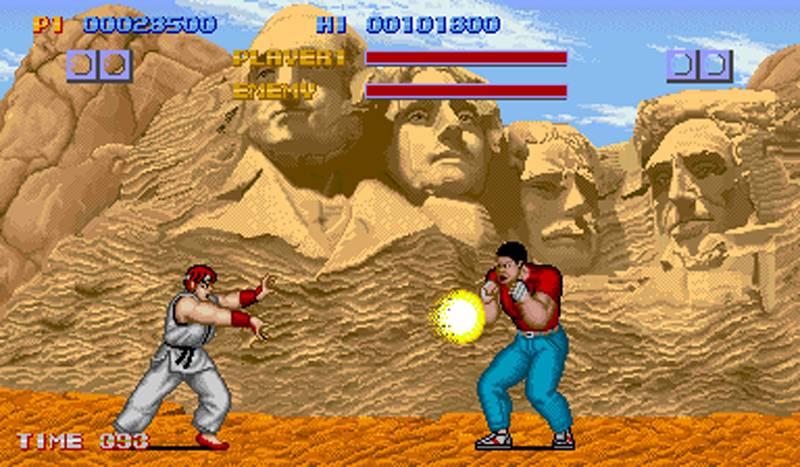
Sure there was the small detail that players got pretty badly hurt by hitting the buttons to do the combos, but it was a problem that Capcom would solve shortly after with the release of new cabinets with more buttons. At that point, fans were clamoring for a sequel and, after a few missteps that led to the release of a spin off called Final Fight, development work began.
The development of Street Fighter 2
The team Capcom set up for the development of Street Fighter 2 was a team that was nothing short of over the top. The producer was Yoshiki Okamotoa veteran of a bizarre work experience for Konami, from which he had been fired for having developed a shooter instead of a driving game as he had been requested by the upper floors.
His right arm was instead Akira Yasuda, another exceptional personality, known for having presented to the job interviews for Capcom in pajamas and a tie, even managing to get hired in the process. To complete this dream team there was Akira Nishitania real genius of game design who, thanks to the crazy ideas of the first two, was able to exploit all his creative potential.
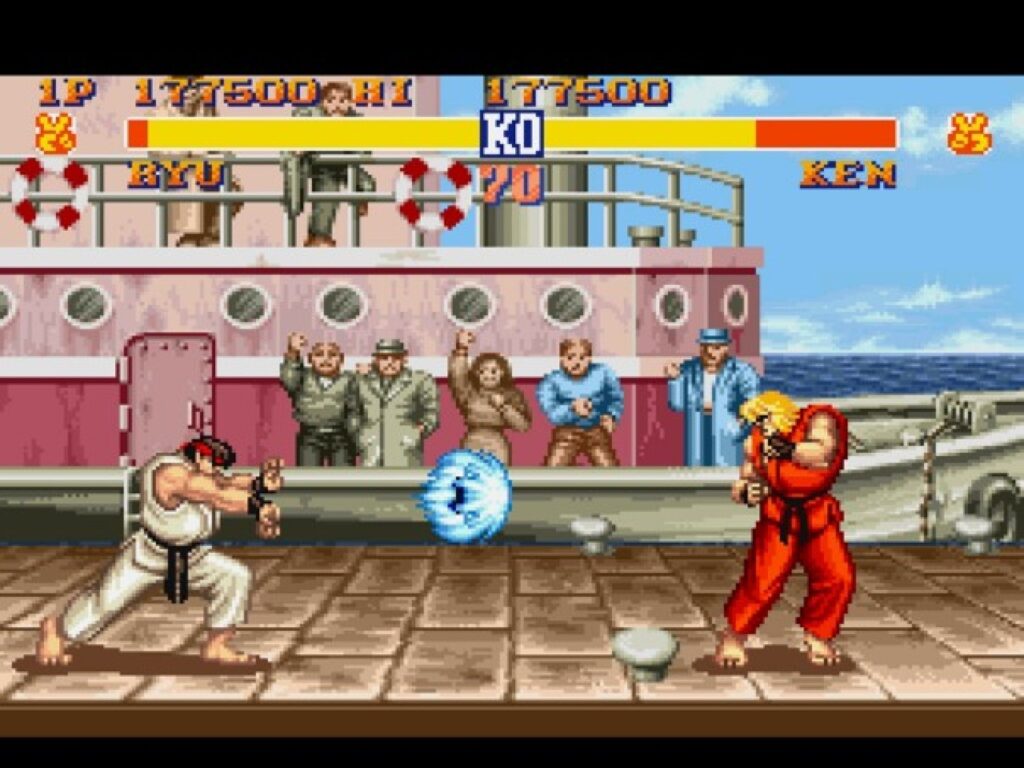
It was Nishitani who was the first to invent the combo system, increasing the time window in which the game recorded the inputs of the moves made by the player and which then became the backbone for practically every other fighting game released from Street Fighter 2 onwards.
It is no coincidence that when Street Fighter 2 was released in 1991 and was a smash hit, given that until that moment there was no real equivalent in the videogame panorama of the time. The title had become almost entirely focused on fighting between players and all the characters were playable, each of which was used in a different and unique way in its own small way.
Not to mention the very inspired art direction, the care for the animations and the fun in trying everything the game had to offer: it was no coincidence that Capcom was forced to increase the production of the cabinets.
Success is the first misstep
Ryu and the cheerful company of Capcom fighters were now everywhere and it seems by now that the series had a clear path to success. In this period the software house published a long line of improved versions of Street Fighter 2in which new game mechanics were introduced, such as the Supers: special moves of enormous power, performed at the cost of an energy bar dedicated to them.
In 1996 Capcom decided to commission a 3D spin off, Street Fighter EXwhich however did not have the hoped-for success in the slightest, becoming in practice the first real misstep for the franchise, also due to a gameplay not up to the level of the main chapter.
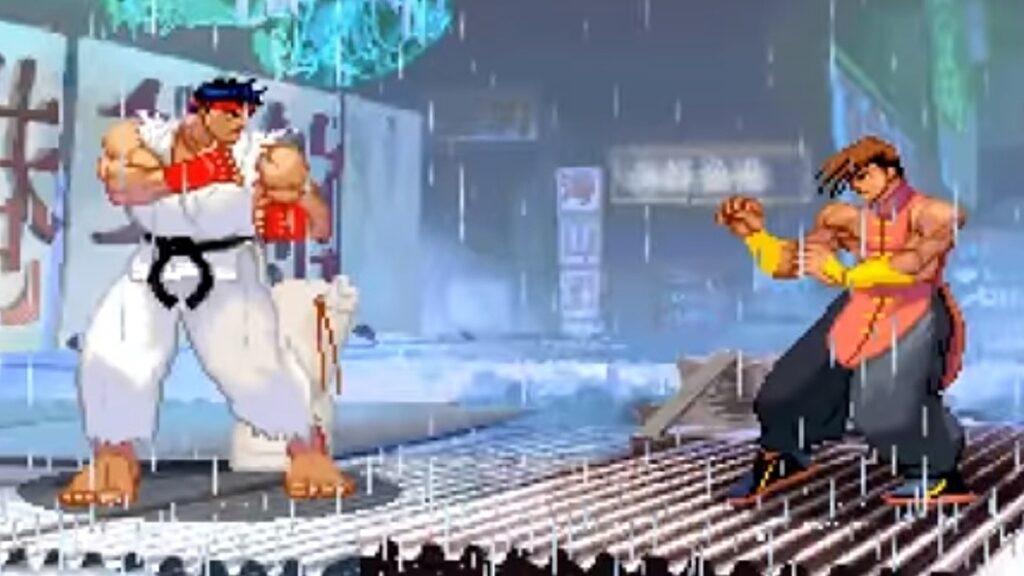
It was in this not exactly relaxed context that the development of Street Fighter 3which was a very conservative sequel compared to the previous experience, something that the fans did not see at all in favor when it came out in 1997. Mind you, the novelties were between new characters and game mechanics, but not enough to arouse the interest of all those who had played Street Fighter 2 to death.
The damage was limited with a new version of the third chapter called Third Strike, still remembered today as the most technical parenthesis of the fighting game, but at that point it was clear that the franchise needed a refresh and several years passed before the arrival of Street Fighter 4 .
The fourth and fifth chapter
At the helm of Street Fighter 4 there was Yoshinori Ono, a personality at least as bizarre as the three originals, who managed to create a crystallization of what made the franchise great, while also implementing an avalanche of novelties in the process to satisfy even the most demanding historical fans. When the game was released in 2008 it was received with great enthusiasm by everyone, critics and audiences alike.
Here too we witnessed the usual avalanche of re-editions, until the arrival of the fifth chapter, in 2016 almost a decade later. The last Street Fighter we had the pleasure of playing has recovered the soul of the franchise as always, while modernizing the business model: no longer many different editions of the same game, but a single software constantly updated through updates.
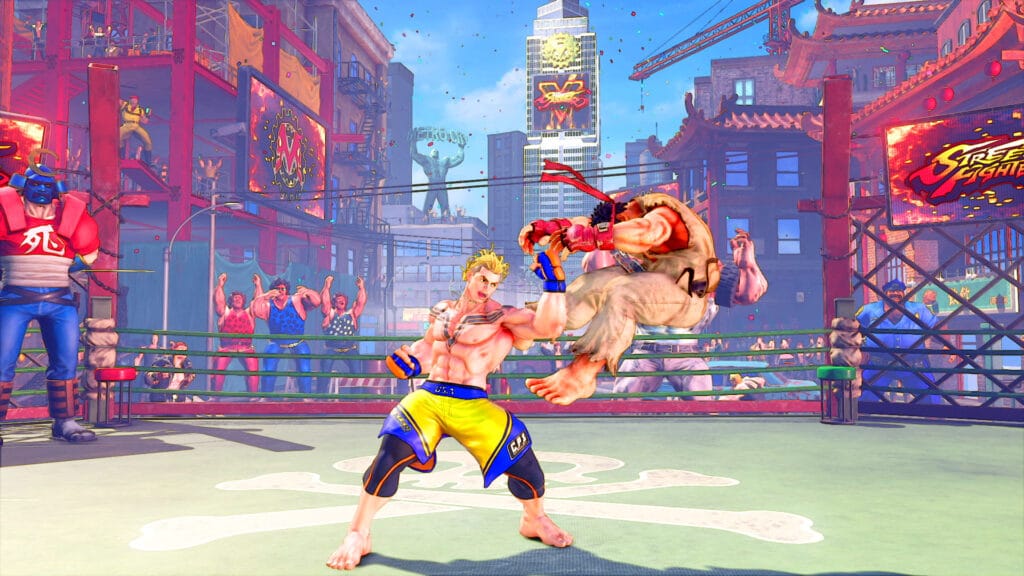
Unlike its predecessor, the launch of Street Fighter 5 was not without controversy, given that the game released a particularly narrow roster of fighters, but over time the Capcom fighting game has been able to break the hearts of even the most caustic fans and at the moment it is configured as a respectable chapter in the series.
Now we just have to wait for news on Street Fighter 6, which Capcom has already promised for this summer.






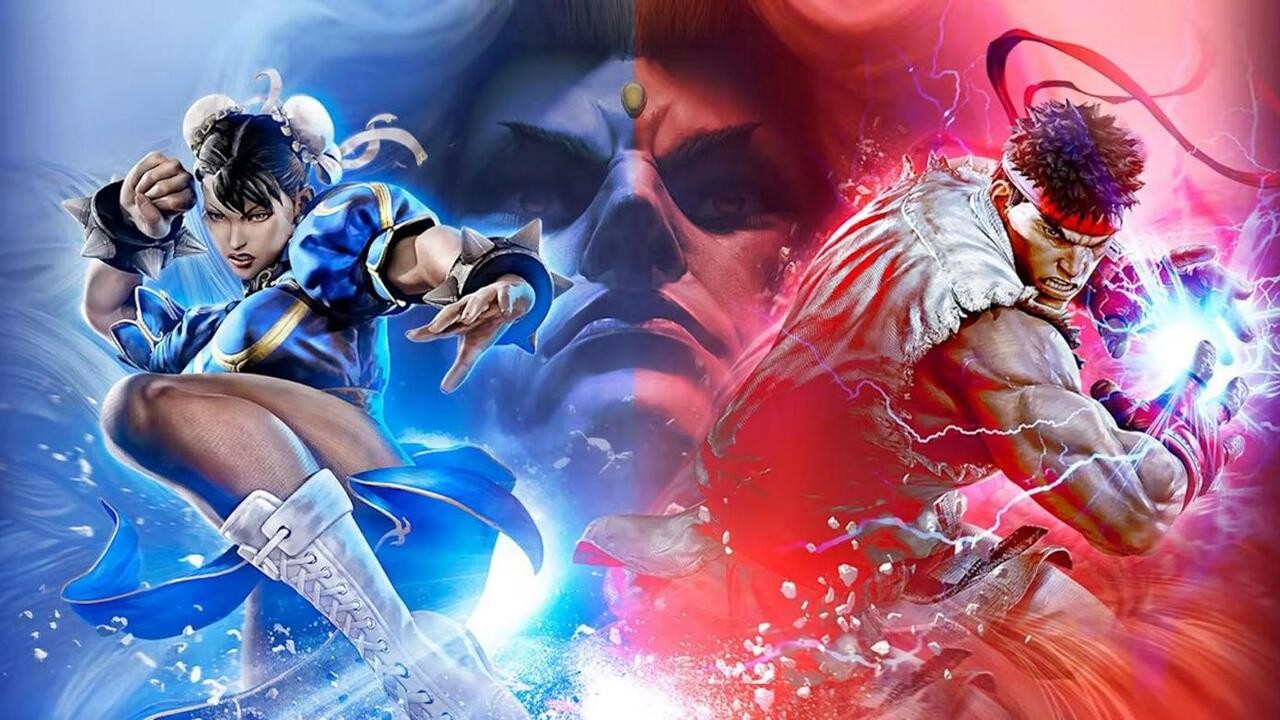






Leave a Reply
View Comments